Gallery: America's Most Endangered Rivers of 2019
America's Endangered Rivers
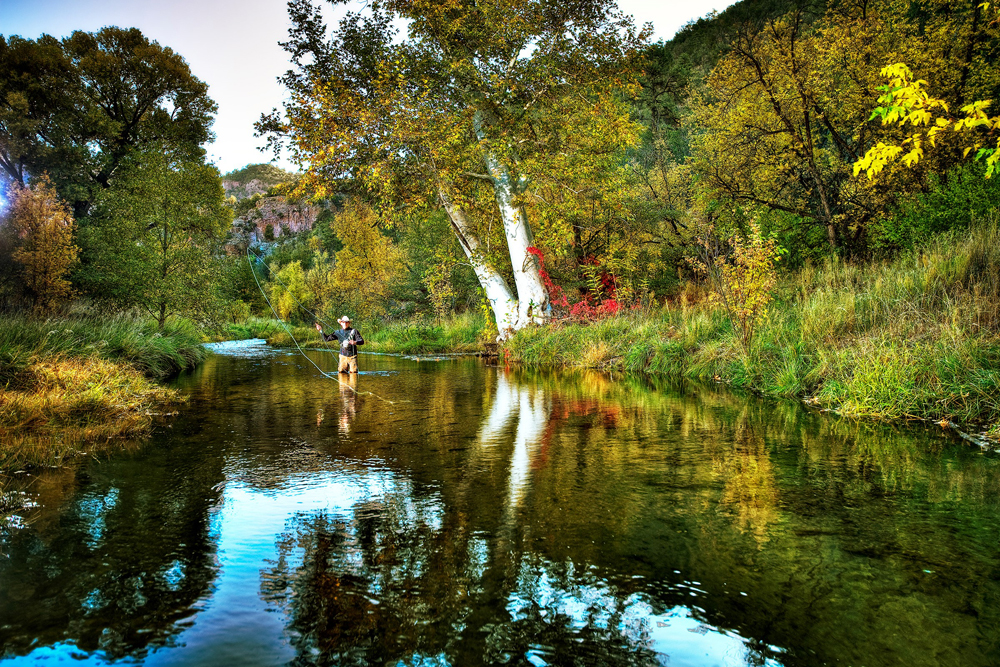
America relies on its rivers for irrigation, drinking water, hydroelectricity and navigation. But climate change, overuse and pollution threaten these vital arteries.
Each year, the nonprofit American Rivers highlights the waterways most in need of protection. The 2019 list highlights rivers in danger from climate change, in particular. On the list are rivers as varied as the Gila River in New Mexico — which runs the risk of slowing to a trickle — to the mighty Mississippi, with its enormous flows at risk of causing ever-more-devastating flooding as a result of human engineering.
The new American Rivers report also highlights some good news: The recovery of a river that once literally caught on fire. The story of that river's resurrection offers hope that other waterways can.
The Gila River, New Mexico
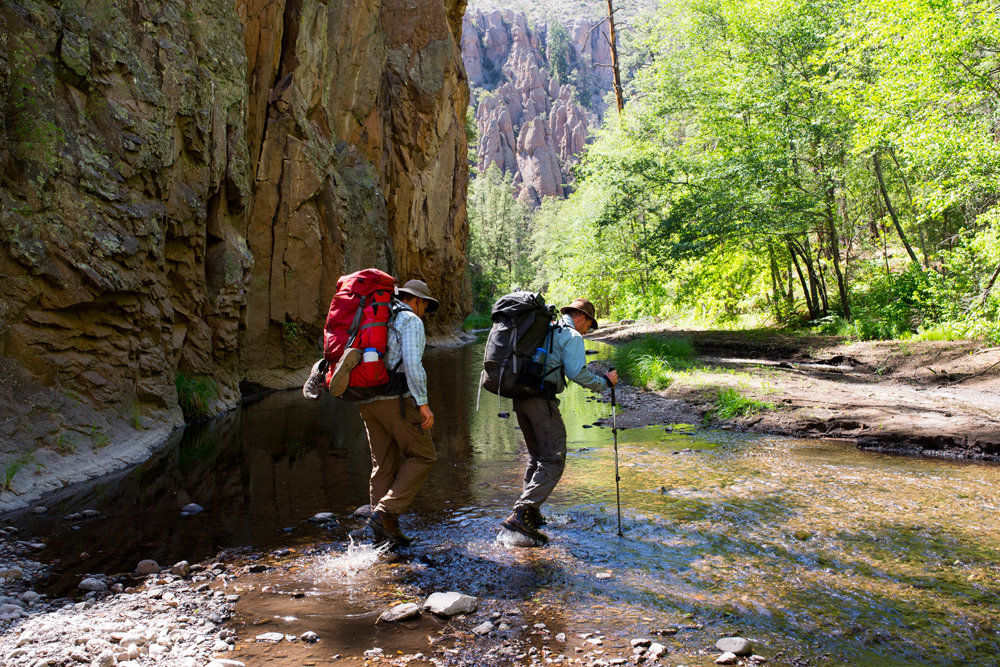
The dubious honor of most endangered river in 2019 goes to New Mexico's Gila River. The Gila is the last free-flowing river in the state and a tributary of the Colorado River, which flows through deserts and box canyons in New Mexico and Arizona.
A proposed diversion project would shunt water from upstream in New Mexico to communities in the southwest corner of the state. The diversion project is behind schedule and has been plagued with controversy. Critics warn that the diversion could threaten the river's endangered species, including the yellow-billed cuckoo and Southwestern willow flycatcher. Conservationists also warn that climate change is likely to create drier conditions in the region, which in itself will strain the river's water supply.
The Hudson River, New York
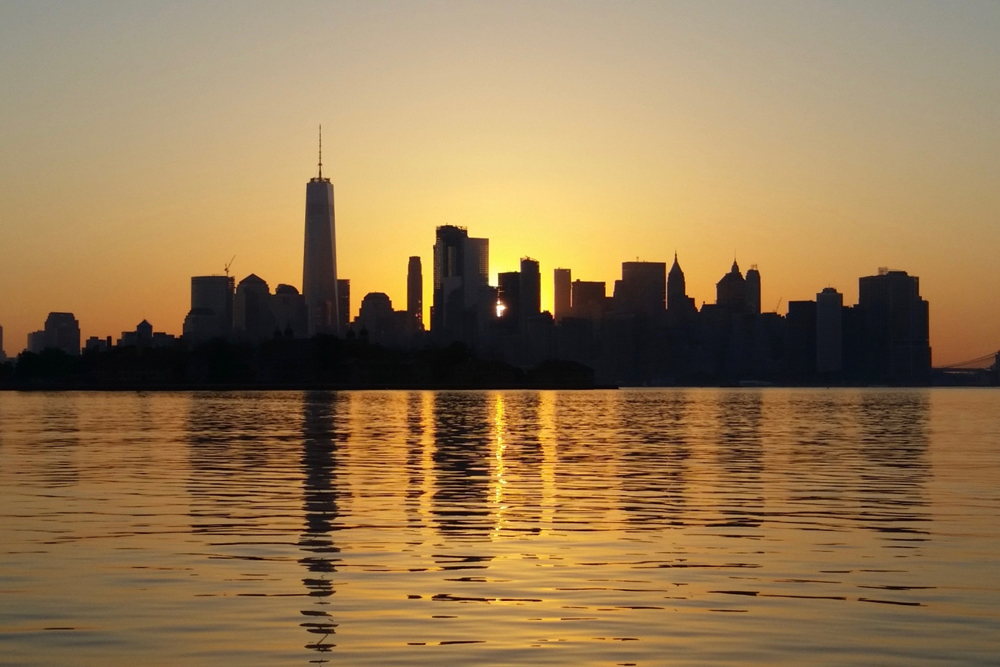
As humans grapple with sea level rise and increased storm surges, as seen in 2012's Hurricane Sandy, one potential solution has been to engineer barriers at the mouth of the Hudson River in New York Harbor.
That proposal put the Hudson on American River's most-endangered list. "Harming this iconic river with massive flood barrier doesn't make sense when we should be identifying better, more cost-effective options to protect people and property, as well as river health," American Rivers' director of river restoration Eileen Shader said in a statement.
Proponents argue that the barriers are necessary to save low-lying areas of New York City and its surroundings from flooding during storm surges. But local advocacy groups argue that the walls — even with gates left open for shipping traffic — would disrupt tidal currents and allow pollution to stew at the river mouth. The Army Corps of Engineers, which would be responsible for the construction, will not make any further decisions on the barrier until spring 2020.
The Upper Mississippi
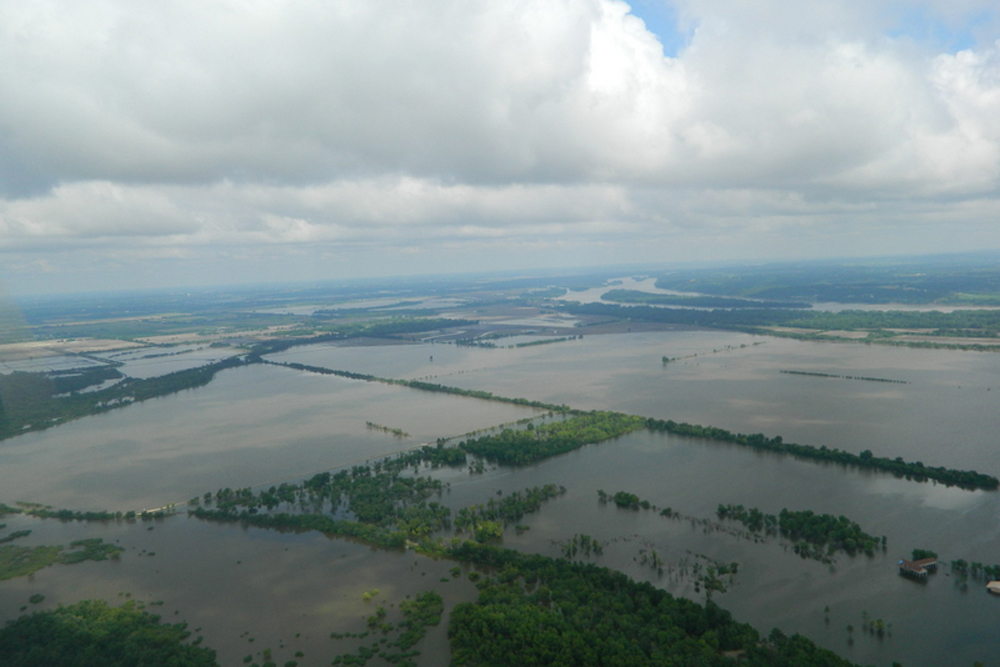
The Mississippi River is prone to major flooding, as in 2011, when record-breaking river heights caused at least $2.8 billion worth of damage. Today, the Upper Mississippi in Illinois, Iowa and Missouri is threatened by humans' haphazard response to these dangerous events, according to American Rivers. Eighty miles of unpermitted levees have gone up between Muscatine, Iowa, and Hamburg, Illinois, according to the nonprofit, threatening riverside habitat and potentially making floodwaters worse downstream by forcing them into narrow channels upstream.
The situation has led to "levee wars" between towns, the Christian Science Monitor reported last year, in which municipalities build up their levees in hopes that floodwaters will crest over neighboring towns instead of their own.
Climate may make it more challenging for riverside towns to live with the Mississippi, as scientists predict that more extreme rainstorms are likely to become more frequent as the atmosphere warms.
Green-Duwamish River, Washington
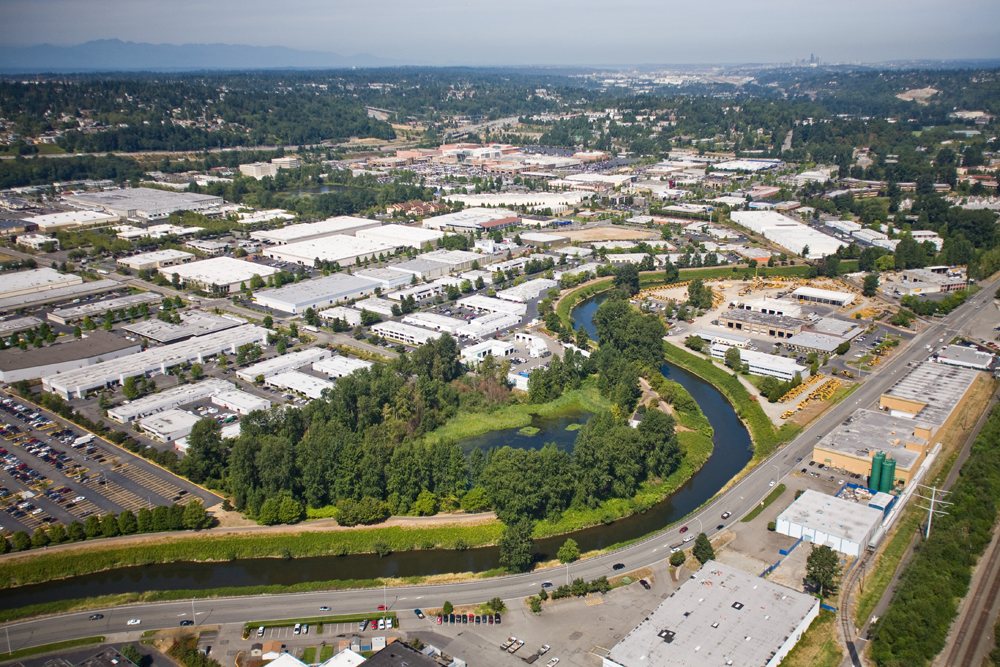
The Green River's last 12 miles (19 kilometers) slip through Seattle, where they're known as the Duwamish River. The stretch has been in trouble for a long time: It was declared a Superfund site in 2001 due to heavy industrial pollution. According to the Duwamish River Cleanup Coalition, the problem is compounded by sewer overflows and dirty storm water still flowing into the waterway.
Flood control, though, is what landed this river on American Rivers' 2019 endangered list. To manage flooding on the river, the King County Flood Control District is considering expanding the levee system along the Green-Duwamish, which conservationists fear could cripple the Chinook salmon population. Baby salmon spend their youths in the relatively protected estuary waters of the river, and the levees could cut the river off from much of that floodplain region, according to the nonprofit. Flood control has also cut off cool groundwater and reduced shade over the river, raising the water temperature to levels at which it's hard for salmon to survive.
Willamette River, Oregon
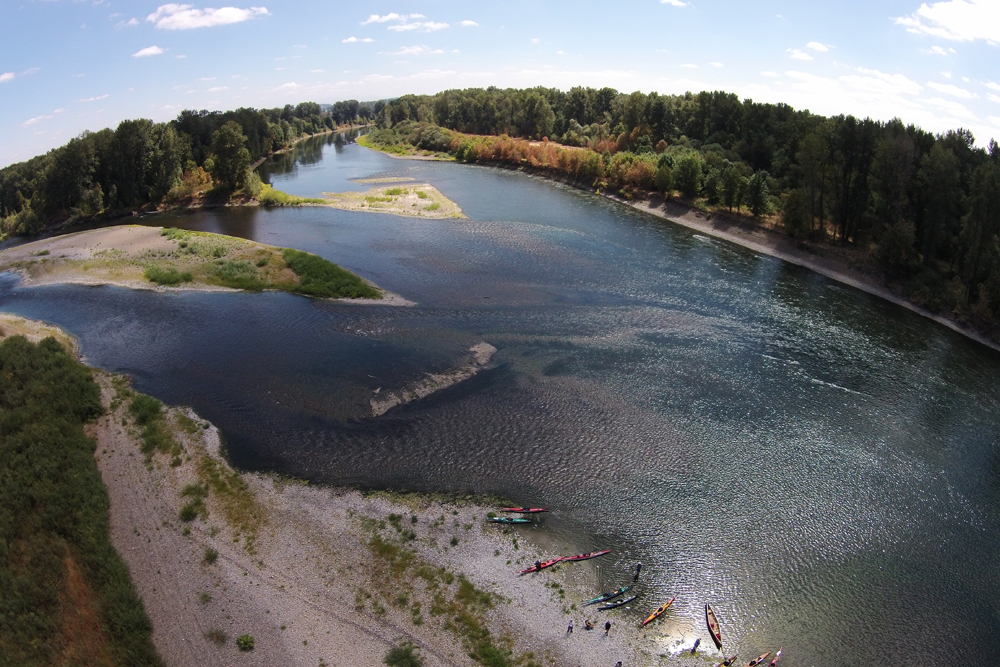
Salmon and steelhead trout are struggling to survive in Oregon's Willamette River, stymied by dams that block their paths upstream for spawning and keep juveniles from getting downstream to the ocean.
"The U.S. Army Corps dams in the Willamette River system cause ongoing harm to native river species, especially spring chinook and winter steelhead, every day, Travis Williams, the executive director of Willamette Riverkeeper, said in a statement. "It is time to end this reality in the Willamette River system and make fundamental improvements to these dams."
Structural modifications could allow more fish to get through the dams, according to American Rivers, and changes in operations could better mimic the natural ebb and flow of the river.
Chilkat, Alaska
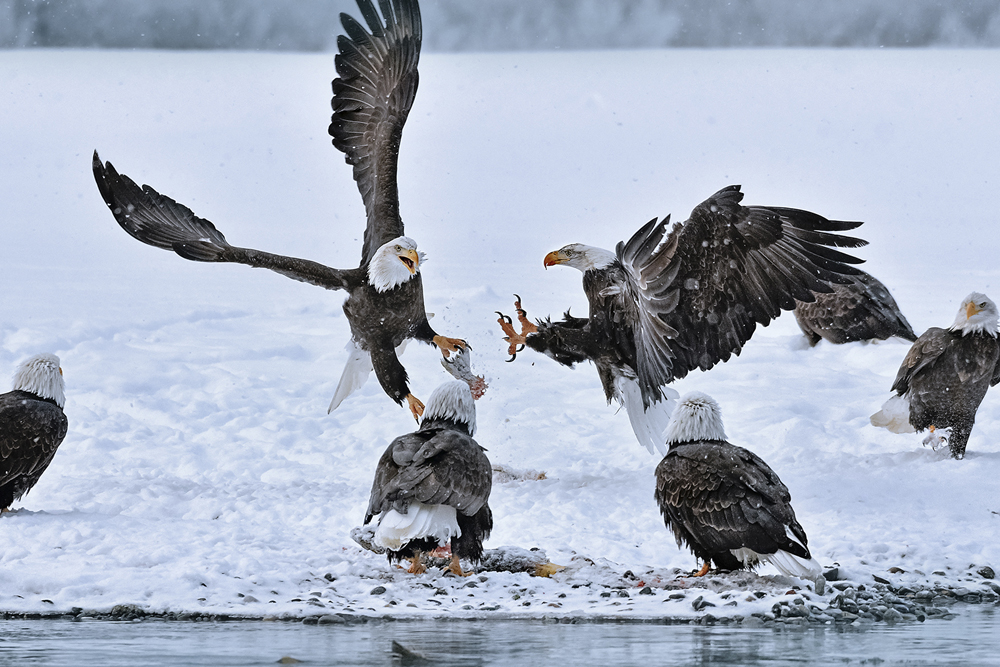
A mining project on a tributary to this river in Alaska landed it on American Rivers' radar. The Palmer Project is a joint venture between the Canadian mining company Constantine Metal Resources and the Japanese firm Dowa Metals & Mining Co, Ltd., which would dig for metals such as copper, zinc, gold and silver near the Klehini River. Conservationists worry that contaminates from the mine would wash downstream and eventually reach the Chilkat, which is a habitat for salmon and a feeding ground for bears and bald eagles.
The Tlingit tribal village of Klukwan is also nearby, and the tribe opposes the project. "This river is our life," Kimberley Strong, the tribal president of Klukwan, said in a statement. The Palmer project additionally pits mining interests against the interests of commercial fishers who rely on the salmon runs.
South Fork, Salmon River, Idaho
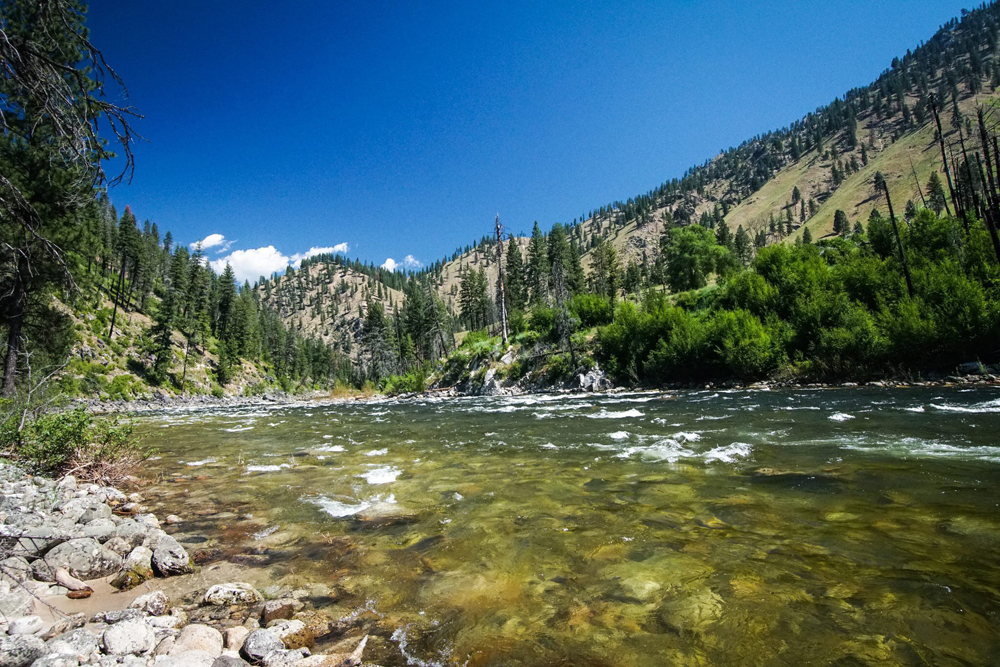
Mining is also a threat to the South Fork of the Salmon river. The area has long been exploited for its gold, antimony and tungsten deposits, and a new proposal would reopen the Stibnite open-pit mine near the river's headwaters. Midas Gold, the company that now owns the site, claims that it will be able to both mine gold from and restore the site, but recreational river users and conservationists worry that contamination from toxic metals and the cyanide used to extract gold from ore would further damage the ecosystem. According to the Idaho Statesman, it cost $13 million over four decades to clean up the impacts of previous mining.
"State and federal agencies have worked hard to improve the water quality in this river, and it makes no sense to backtrack," American Rivers staffer Mike Fiebig said in a statement. A draft environmental impact statement of the proposal is expected in August, which will be followed by a period of public comment.
Buffalo National River, Arkansas
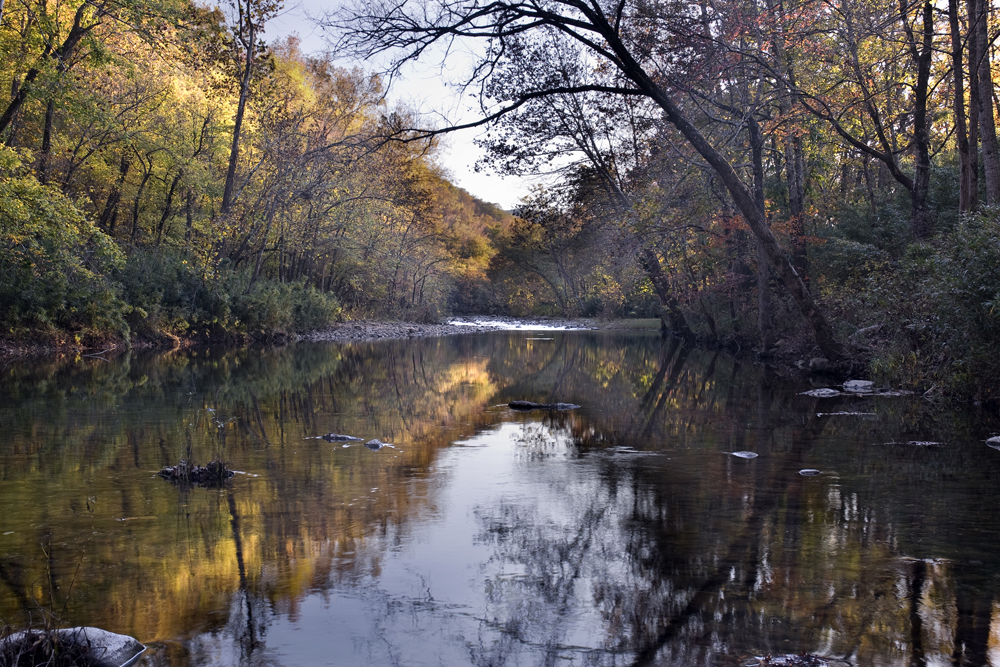
The Buffalo National River in northwest Arkansas winds through the verdant Ozark Mountains and is a popular destination for paddlers and fishers. The threat? Hog poop. A Concentrated Animal Feeding Operation (CAFO) operated by C&H Hog Farms, Inc., sits by one of the Buffalo's main tributaries, six miles from the river. State officials have measured E. coli contamination in the tributary and algal blooms in the main river.
Last year, the state denied a permit to the C&H due to these environmental impacts, but the company insists it is not the problem. C&H is appealing the decision in court and the 3,000-hog operation is still running, according to the Arkansas Times.
Big Darby Creek, Ohio
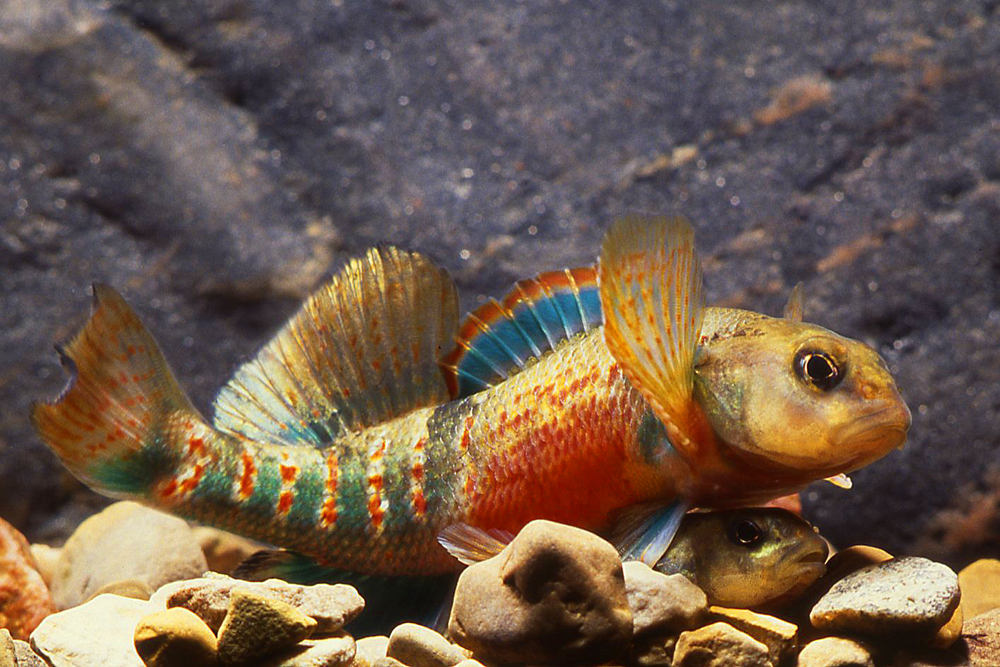
Ohio's Big Darby Creek flows outside of Columbus into the Lower Scioto River. It's home to rare fish and mussels and is popular with canoers. Urban development threatens the tributary's biodiversity, according to American Rivers.
Development near Big Darby Creek has long been restricted, but The Columbus Dispatch reported in 2018 that builders are developing just outside of the boundaries of restricted areas. The danger, according to conservationists, is that water and sewer runoff would contaminate the river and imperil its wildlife. Builders say they're responding to a housing shortage.
"We must press pause until all jurisdictions can agree on a plan to limit development to a sustainable level," John Tetzloff, the president of the local Darby Creek Association, said in a statement.
Stikine River, Alaska
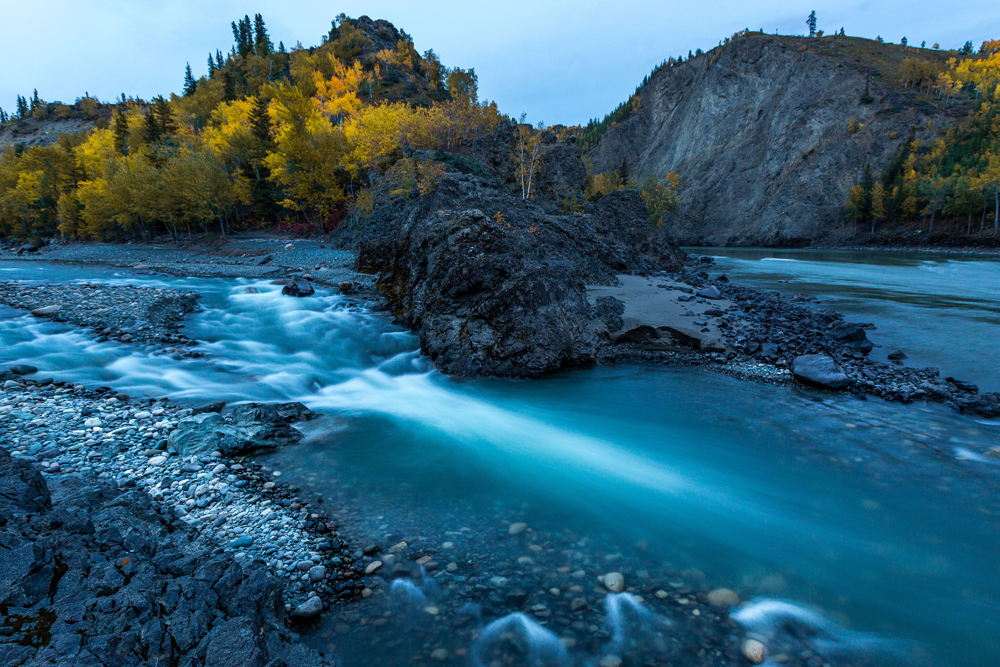
The chilly Stikine River is America's fastest-flowing navigable river. It runs from British Columbia to southeast Alaska and has long supported several indigenous tribal groups with the five species of salmon that call its waters home.
The river is threatened by active mining, according to American Rivers. Mine tailings are held back by a dam that could fail, spilling toxic metals into the water. The area is seismically active, raising the risk of a catastrophe. The Southeast Alaska Indigenous Transboundary Commission is fighting the presence of the mines, petitioning the U.S. State Department and the Inter-American Commission of Human Rights to review the situation and ensure that the river is protected. A review process is also ongoing between the state of Alaska and the province of British Columbia.
Sign up for the Live Science daily newsletter now
Get the world’s most fascinating discoveries delivered straight to your inbox.

Stephanie Pappas is a contributing writer for Live Science, covering topics ranging from geoscience to archaeology to the human brain and behavior. She was previously a senior writer for Live Science but is now a freelancer based in Denver, Colorado, and regularly contributes to Scientific American and The Monitor, the monthly magazine of the American Psychological Association. Stephanie received a bachelor's degree in psychology from the University of South Carolina and a graduate certificate in science communication from the University of California, Santa Cruz.










